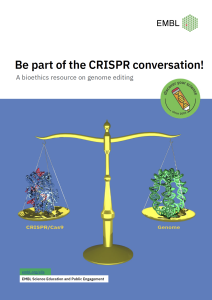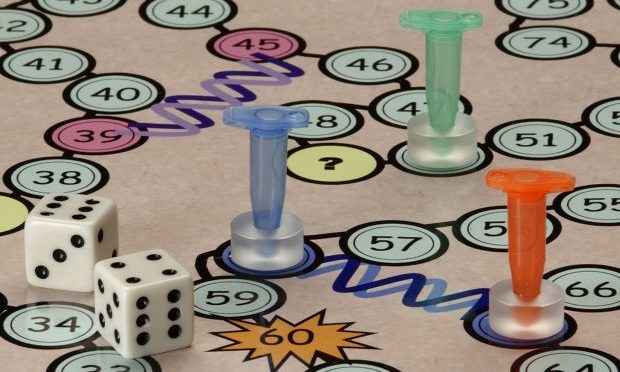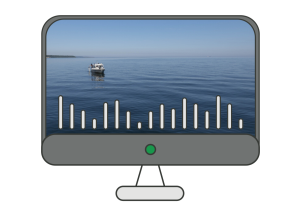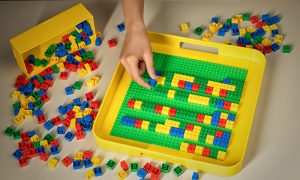
What are Stem Cells?
Description
Stem Cell Game
Cells are the basic building blocks of the human body. They make up the skin, muscles, bones and all of the internal organs. They also hold many of the keys to how our bodies function.
Like the body itself, cells have a finite life span; they eventually die. Most of the body’s cells divide and duplicate throughout life, but some cells either don’t replenish themselves or do so in such small numbers that they cannot replace themselves fast enough to combat disease.
Scientists first discovered stem cells in mice in the 1970s. They soon began to recognize the amazing versatility of these primitive cells, which exist for only a short time before differentiating into the many cell types of the body. However, it wasn’t until 1998 that the first human stem cells were isolated by James Thomson at the University of Wisconsin and John Gearhart at The Johns Hopkins University.
Stem cells have the remarkable potential to develop into many different cell types in the body. Serving as a sort of repair system for the body, they can theoretically divide without limit to replenish other cells as long as the person or animal is still alive. When a stem cell divides, each new cell has the potential to either remain a stem cell or become another type of cell with a more specialized function, such as a muscle cell, a red blood cell, or a brain cell.
Game instructions
View and download the material below.
Rules
Playing Cards
Board
Curriculum links
This activity can be used to review and reinforce the following concepts:
- The developing cell
- Using stem cell technology
After the activity, students will be able to:
- define the term stem cell
- explain the term differentiation
- define how stem cells are cultured and discuss the potential benefits of stem cell technology.

Topic area: Developmental biology, Cell biology
Age group: 14-16, 16-19
Author: Alexandra Manaia and Julia Willingale-Theune
Share:
 Deutsch
Deutsch Italiano
Italiano


